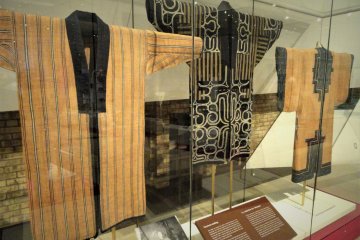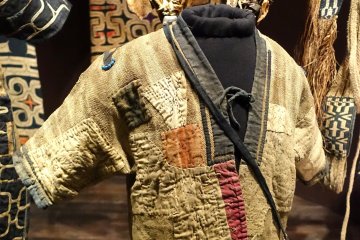Overview
The 2013 official recognition of the Ainu traditional craft of Hokkaido was a welcome event. Awarded Traditional Craft status by the national government, the unique crafts of the Nibutani ita wooden tray and the Nobutani attoushi bark cloth turn out to be fitting representatives of the traditional craft culture of Hokkaido. These two crafts not only demonstrate the ingenuity of Ainu craftspeople but also the sense of natural respect and beauty that is a hallmark of craft and culture in Hokkaido. Here is a simple introduction to these unique crafts of Hokkaido.
Nibutani ita tray
Imbued with a sense of natural simplicity, Nibutani ita are the traditional carved wooden trays of the Ainu people. Made from woods like katsura or walnut, Nibutani ita trays are generally flat, shallow, and with a design based upon three main patterns - spiral patterns, thorn-shaped patterns and eye-shaped patterns. A fourth pattern made up of tiny fish scales is used to fill the spaces between the other ones. Combined together, these patterns, along with the solid, earthy ambience of hand-carved wood, create a design that was not only historically practical but also naturally beautiful.

Nibutani bark cloth
Woven from the inner bark fibres of the elm or zelkova trees, Nibutani attoushi fabric is used to make traditional Ainu clothing. Highly durable with a unique texture to it, Nibutani attoushi fabrics are also quite water-resistant as well as being eminently breathable. Woven with a traditional Ainu loom, the fabric features a unique twist to the yarn, helping to reinforce the natural qualities of the bark fibre. Traditionally used to make clothing worn by all members of a family, Nibutani attoushi fabric is imbued with a subtle sense of both change and continuity, making it one of the more iconic crafts of the region.










